 By Arpad Lep
By Arpad Lep
It’s Archie meets Kitaro. It’s a tiger-striped bikini and electric horns. It’s myth, mirth, and mild manhandling. It’s Urusei Yatsura, the first series from the queen of manga, Rumiko Takahashi, and it’s back.
A girl-crazy high-schooler saves the world by chance when he touches the horns of a beautiful flying ogre in a contest of interplanetary conquest. Is it love? It’s certainly lust, or it is for Ataru Moroboshi. Ataru is an embarrassment to his parents, neighborhood, and nation, and an albatross around the neck of his girlfriend. The only being in the universe who seems to be able to stand him is Lum, the ogre in a swimsuit. She’s obsessed. Why? Because it’s funny.
Boy and girl and electric alien are a volatile enough love triangle, but Takahashi pens an endless parade of supernatural women to fall for Ataru—until they get to know him. Takahashi’s sense of humor lies is abnormal pairings, Looney Tunes-style violence, and an underlying message that men are trash.
Urusei Yatsura is a sitcom. Disappointed parents. Put-upon girlfriend. Insatiable yokai. Weird uncle. And our hero, a total loser. These don’t change. Ataru never learns, Lum never wavers. The joy is that stability, the fun is that what happens to them episode-by-episode stays fresh. Takahashi nails the plentiful gags and broad physical comedy.
Her style is smooth, elegant linework, with goofy cartoon characters juxtaposed on backgrounds that evoke classic sumi-e art. Also classic is the mythology. Lum herself is an oni, and Takahashi fills her pages with rivals in the form of kappa, crow, mermaid, and snow queen. Ataru is a two-timer, three-timer, insatiable horn-dog in a supernatural world of babes. Also a horde of beasts, Shmoo-like, Moomin-esque blobs. Tiger bulls that turn into hot boys.
What it feels like is early twentieth century newspaper comics. There is something Little Nemo about Urusei Yatsura and the outlandish, dreamlike situations that boy, girl, and monster find themselves in. Takahashi draws inspiration from untamed imagination, and beats it at the anvil of her drawing board into a recognizable shape, the serial.
It’s very Shigeru Mizuki in story and Go Nagai in art. Urusei Yatsura feels like kids’ comics, replacing Mizuki’s body humor with hormone funnies. I can’t praise Takahashi’s clean lines enough: bold, curvy, willing to bend the real to be funny or cute. She has a deft hand at tone shading and a sharp eye for outfits. I mean, Lum’s bikini is straight up iconic, but between her other costumes and her pearl in-the-half-shell spaceship, she and the other yokai rock some serious Barbarella looks.
You can grow up with Takahashi in this book. The quality of art grows in the first two volumes alone. Many themes and archetypes integral to her whole body of writing emerge already very well-developed. If you know her for her later hits, Urusei Yatsura is a fascinating look at Takahashi’s development as a storyteller and illustrator. If you love Lum, Camellia Nieh’s adaptation brings her back gloriously into the now. And if you don’t know anything about Takahashi…you’re in for a treat. It’s an impressive, essential debut by a living legend of comics.
You can follow Arpad Lep on Twitter at @arpadokay.


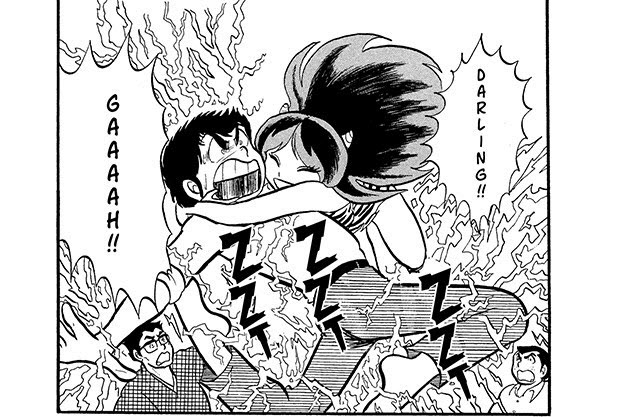

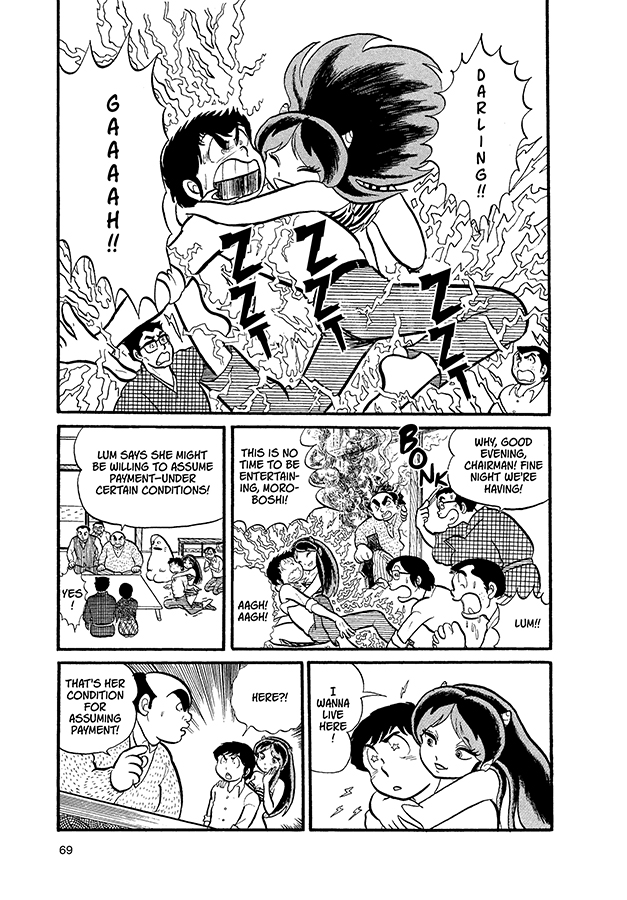
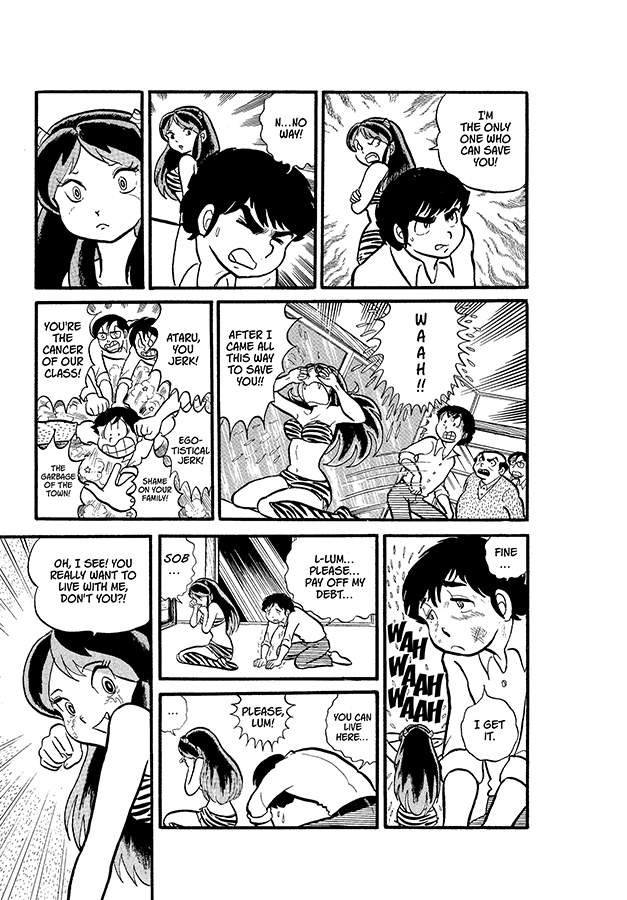
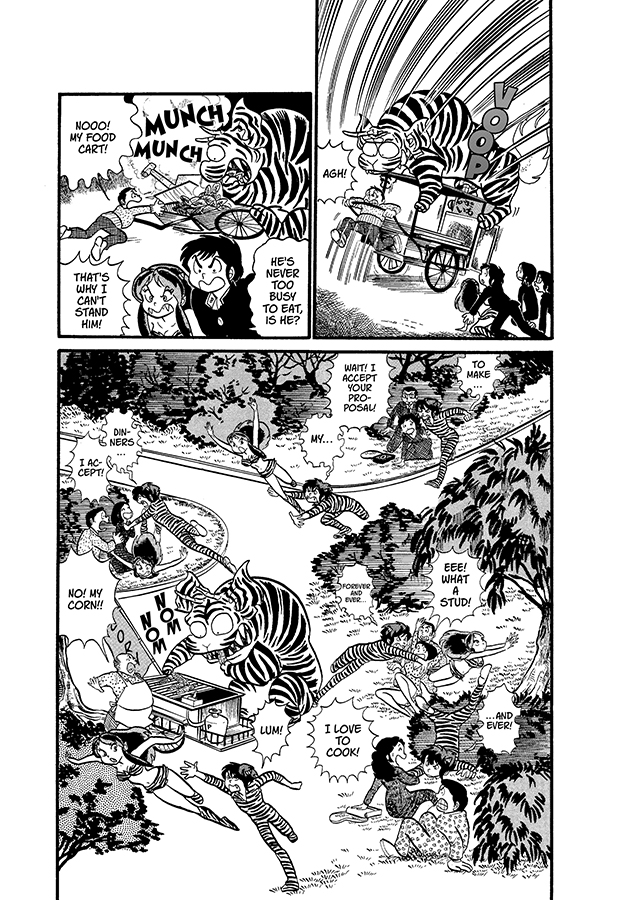


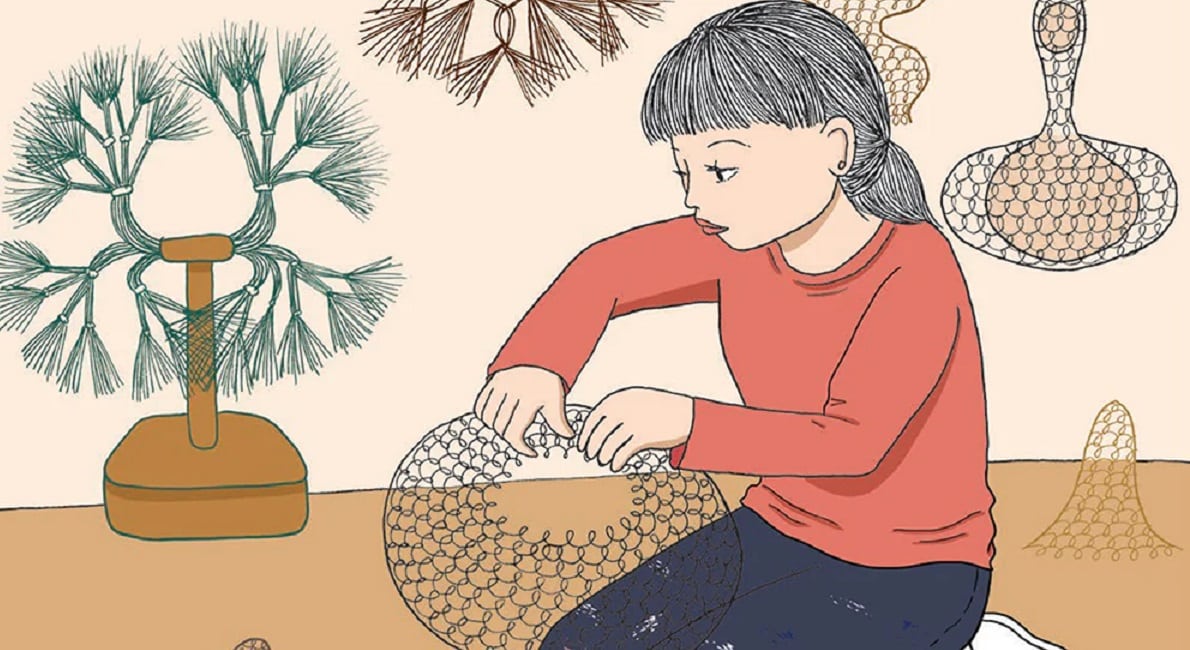



Love it
“, and an underlying message that men are trash.”
Everyone can relate to an uplifting and “inclusive” message like that.
Comments are closed.